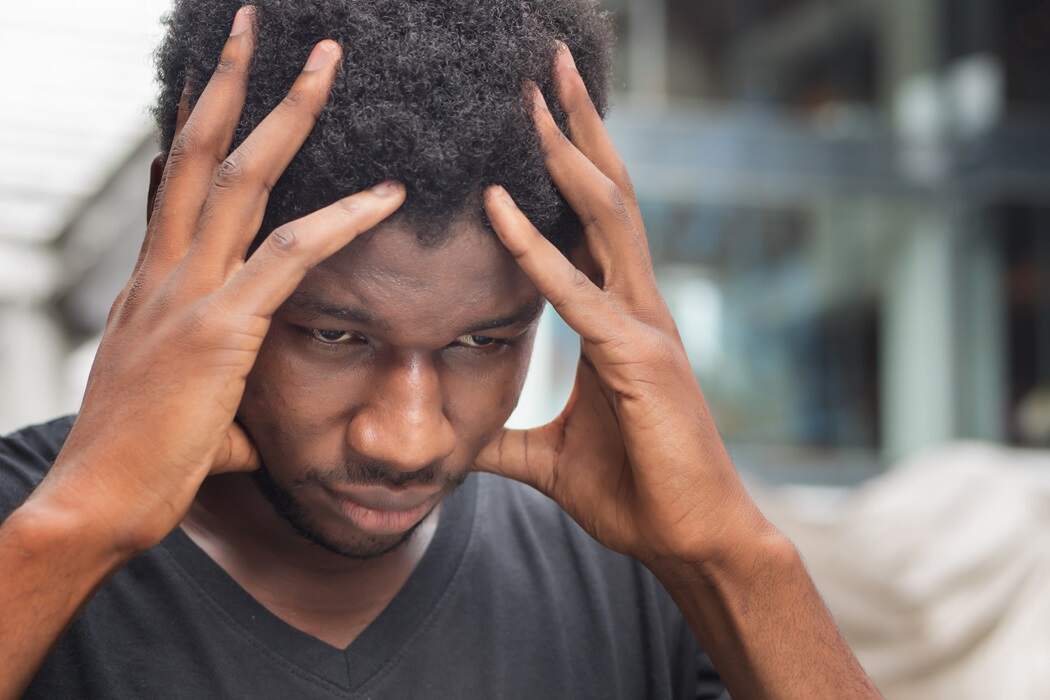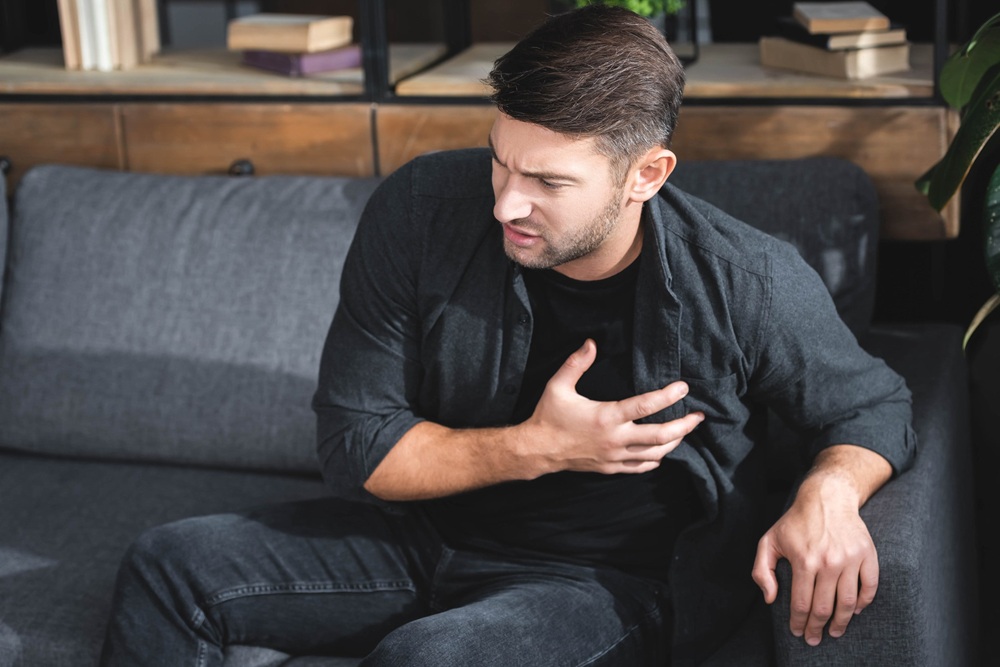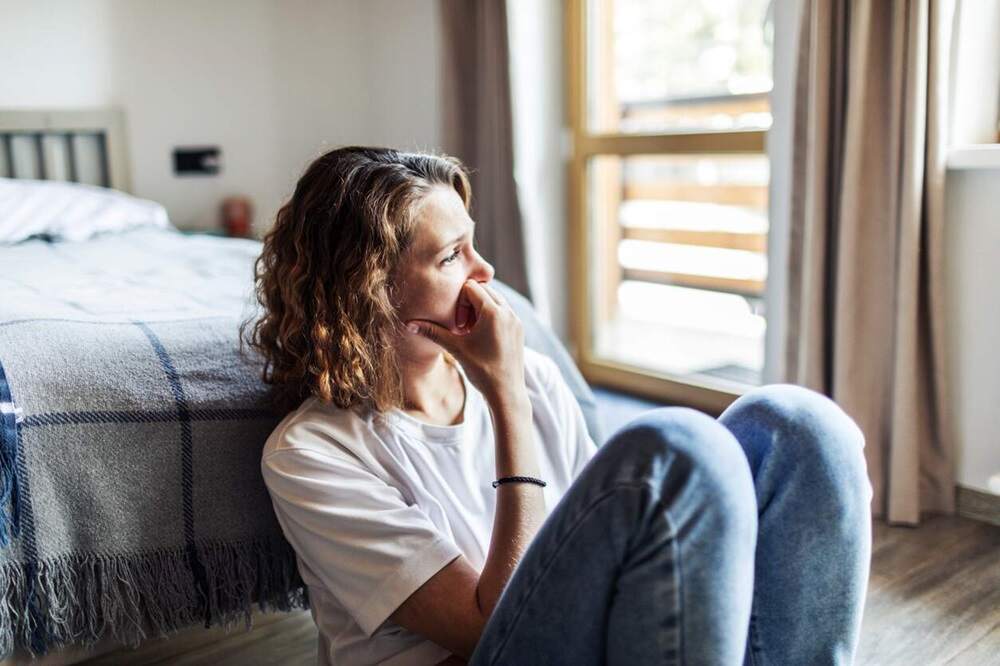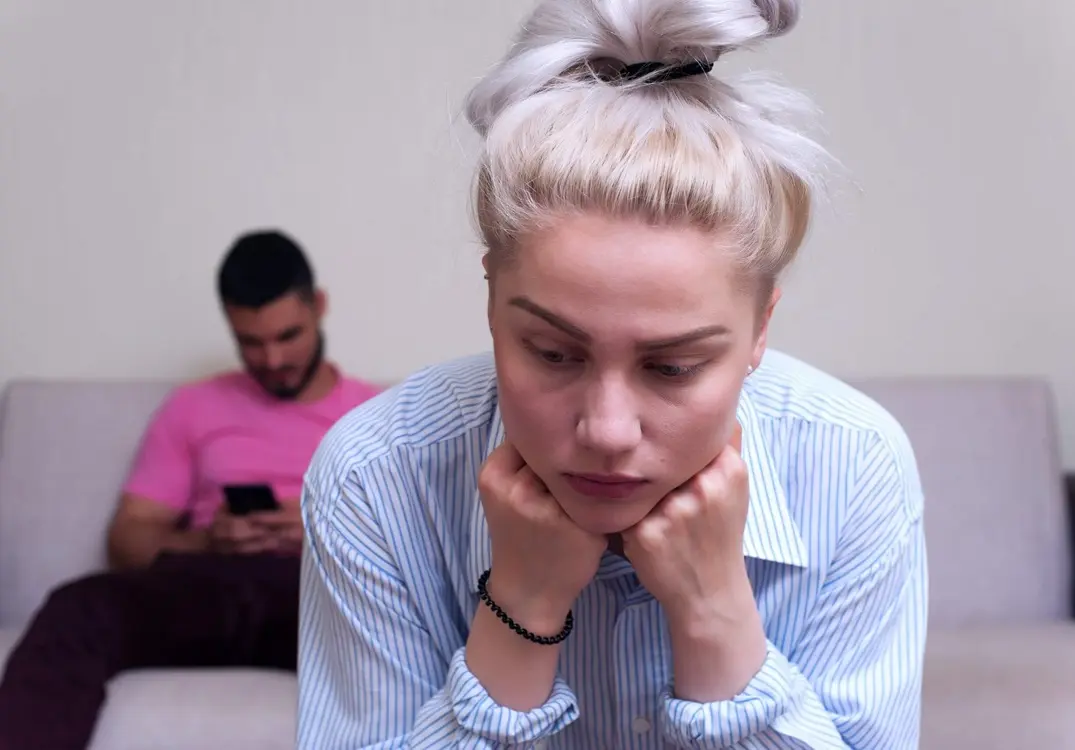Updated: April 27th, 2025
Definition and Overview
“Pure O OCD” is a subtype of Obsessive-Compulsive Disorder (OCD), a mental health condition.
The large majority of people with OCD experience compulsions. Compulsions are behaviors that you do in an attempt to reduce an anxious or uncomfortable feeling. They are often repetitive, and many are obvious to others (e.g., repetitive cleaning or checking),. Compulsions often occur in response to an obsession that triggers them.
On the other hand, Pure-O is the term used to describe cases of OCD without any compulsions. Pure-O stands for “purely obsessional.” Obsessions are thoughts, images or impulses that are usually intrusive or distressing, and lead to anxiety, distress or discomfort. For most people with OCD, obsessions lead to compulsions.
Pure O OCD vs. Traditional OCD
Whether “purely” obsessional OCD exists or not is a matter of debate. Many people who think they have Pure O OCD actually do have compulsions – they’re mental compulsions, which are invisible to others, and thus are harder to identify than overt ones. However, they serve the same function as visible compulsions (e.g., repeatedly checking a stove to be sure the burners are off) – they’re efforts to reduce anxiety or other uncomfortable emotions.
This is why the idea that anyone with OCD has a complete absence of compulsions is up for debate. What’s clear, however, is that even without observable compulsions, OCD can cause real suffering and impairment for people who have it. If you or a loved one might be suffering from this form of OCD, keep reading for helpful information you’ll need about treatment options.
Examples of Pure O
The Case of Anna
Starting in her teens, Anna experienced upsetting and unwanted thoughts and images about harming people she loved. They started out of nowhere – one day she began to see frightening mental images of herself stabbing her family members. She felt she had no control over the images and couldn’t get them to stop. They made her very upset because she loved her family. She would never want to hurt them. She couldn’t understand why any normal person would have such thoughts.
She tried to do whatever she could to stop the images and thoughts. She started to avoid the kitchen whenever other family members were present to prevent the thoughts and images. This made it hard to live with her family.
Anna felt she needed to prove to herself that she was a good person so her family would be safe. She began to pray every night, despite not really being religious. She would repeatedly think about all the things she did that were “good” to try to convince herself that she wouldn’t hurt her family. She would try to mentally keep track of anything “bad” she did and would repeat reassuring phrases in her mind to counteract those actions. These mental rituals helped ease her anxiety temporarily, but the intrusive thoughts always came back. They got stronger and more upsetting over time, and continued into her adulthood.
The Case of Peter
Peter never questioned his sexuality – he always felt confident he was a straight man. However, one day he was eating lunch with a friend who made a comment about an attractive male waiter at the restaurant. He agreed that this person was good-looking and continued on with his meal. Later that day, Peter questioned why he agreed with his friend – he had always dated women and never felt attracted to males. Did agreeing with his friend mean he was actually gay? Peter grew concerned that he didn’t know himself as well as he had always thought. He began to scan his body for arousal during work meetings with other men present to see if he was attracted to them. He also studied the faces and physique of men he passed by on the street to see if he was attracted to them. At night, he would replay events from the day in his head to see if perhaps he missed a sign of attraction or physiological arousal. His scanning, ruminating, and mental replaying took up hours of his day and made him grow more concerned.
Symptoms of Pure O OCD
Obsessions
Individuals with Pure-O OCD experience intrusive thoughts, images, or urges that are often violent, disturbing, or taboo in nature. These may include thoughts of harming oneself or others, engaging in sexual acts that go against personal morals, like pedophilia, or blasphemous ideas. It is important to note that having these thoughts does not mean a person will act on them – they are simply thoughts.
In the vignettes above, Anna’s obsessions included intrusive thoughts and images about harming her family members. Peter’s obsessions included intense worry and questioning of his sexuality and attraction toward other men.
Mental rituals
Mental Rituals: People with Pure-O OCD tend to have mental rituals to alleviate anxiety caused by intrusive thoughts, images, or urges. These rituals can involve analyzing and questioning the thoughts, mentally repeating particular words, “reviewing the evidence,” or mentally counting or categorizing things to calm their anxiety.
These mental rituals can be understood to be “hidden compulsions.” Though others cannot see your hidden compulsions, they serve the same function as visible compulsions like handwashing or checking.
Avoidance Behaviors
Some individuals with Pure-O OCD may develop avoidance behaviors to try to prevent triggering intrusive thoughts. They might avoid certain places, situations, or even people that trigger obsessions. By doing so, they hope to avoid any opportunity for an intrusive thought to arise. Unfortunately, this usually doesn’t stop the obsessions from happening. For example, someone with hit-and-run obsessions (a subtype of OCD characterized by extreme fear that they hit a pedestrian with their car and can’t remember the accident) might avoid driving altogether, so they don’t ever have to wonder if they’re responsible for inadvertently running someone over. Avoidance behaviors are not compulsions, but are present in various types of OCD, including Pure O, and play the same role of trying to reduce anxiety.
Relationship between obsessions and compulsions in Pure O OCD
Obsessions are usually accompanied or followed by some unpleasant emotion, whether it is worry, fear, doubt, or guilt. Compulsions help lessen or get rid of the unwanted emotions associated with intrusive thoughts. Unfortunately, the compulsions only provide relief temporarily, and intrusive thoughts can return and bring about more negative emotions.

Research Findings on Pure O OCD
You may be disappointed to learn that most research on OCD has not specifically focused on people with “pure O.” However, there are good reasons for this. For one, “Pure O” is OCD – not a separate condition. Additionally, many people who feel they have only obsessions and no compulsions often engage in some sort of mental or hidden ritual, or seek a lot of reassurance from others, or avoid certain situations. Each of these possibilities would indicate the presence of compulsions, calling into question whether the “pure O” label truly applies.
Treatments for OCD are honed through research that seeks to determine which approaches work best to reduce OCD symptoms. Research evidence suggests that you can treat behavioral and mental compulsions with similar therapies (like cognitive-behavioral therapy and exposure and response prevention, discussed below). It is key that you and your therapist have a good understanding of your obsessive symptoms so that your treatment plan can account for them. The goal of treatment would be to help you tolerate uncertainty around obsessive thoughts without engaging in mental action to reduce your distress.
Seeking Help for Pure O OCD
Recognizing the need for treatment
It can sometimes be difficult to tell if you are experiencing Pure-O OCD. If you are distressed by unwanted thoughts or images constantly popping into your mind out of nowhere, or if you find yourself spending hours ruminating about or questioning your thoughts, you might have OCD. If you find yourself avoiding certain places or people because you are afraid of having certain thoughts, this too is a good sign that you might have OCD. Whether your OCD is “pure-O” or not is less relevant than the need to address the problem with professional help. Fortunately the treatments that help OCD work regardless of what type of OCD you have, especially when you work with a therapist experienced with OCD and these techniques.
Finding a mental health professional
The right kind of mental health professional can help you find relief from Pure-O OCD. Psychologists or mental health clinicians who have specific training in treating obsessive compulsive disorder can increase the chances that you receive effective help. It’s important to see a therapist who understands that your symptoms are obsessions perhaps accompanied by hidden compulsions.
Factors to consider in treatment
- Find a therapist who is specifically trained to treat OCD. This is important to ensure you are getting the right kind of treatment. One way to do this is to use the clinical directory at iocdf.org.
- Therapy for OCD invites you to talk about, confront, and learn to tolerate your obsessions. This can be tough to do, but this aspect of therapy is based in decades of evidence.
- Tolerating your obsessive thoughts can be difficult, so working with a therapist that you trust can help you as you engage in OCD treatment.
Treatment Options for Pure O OCD
Cognitive-behavioral therapy (CBT)
Cognitive-behavioral therapy helps you learn skills to challenge unhelpful thoughts and beliefs that cause anxiety or fear. Instead of mental rituals or avoidance, CBT can help you learn different ways to respond to intrusive thoughts. However, it is important that your CBT therapist has a strong understanding of your symptoms as Pure O OCD in order for CBT techniques to be effective. This knowledge will help them tailor CBT techniques to specifically target your obsessions and any mental rituals you may have. If your treatment isn’t tailored for obsessions, you might not see the improvements you want.
Exposure and response prevention (ERP)
Exposure and response prevention is a specific type of cognitive-behavioral therapy in which your therapist guides you in getting closer to and giving your full attention to scary intrusions. Essentially, you expose yourself to obsessive thoughts without doing anything to alleviate the obsession. By practicing this, you can get stronger at resisting hidden behaviors like mental compulsions and avoidance.
Medications
Some people with Pure-O OCD may benefit from medications. The most common medications for OCD are selective serotonin reuptake inhibitors, or SSRI’s. However, other medications may be recommended by a psychiatrist to help you manage your symptoms. Many people with OCD find the most relief from symptoms by using a combination of medication and therapy.
If you’d like help managing pure O OCD, please contact us. We are happy to work with you or to help you find local resources.










